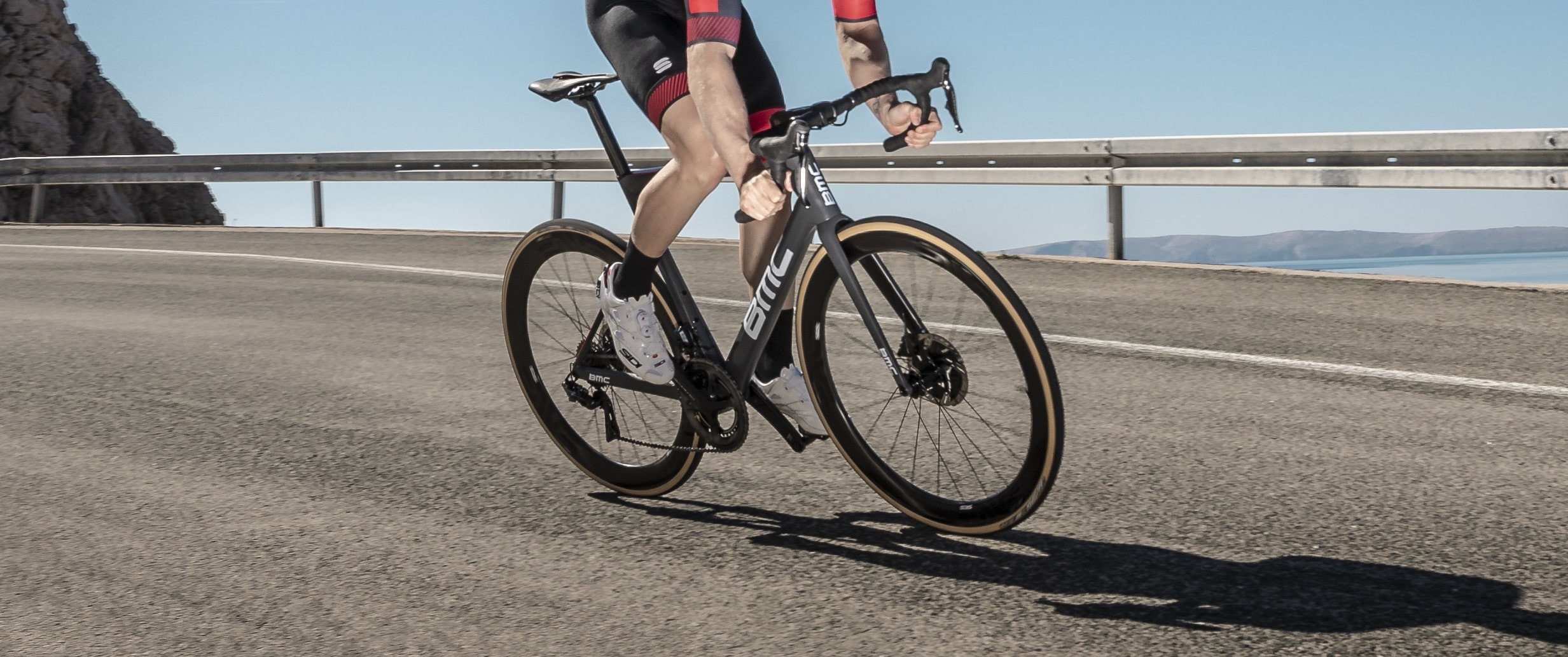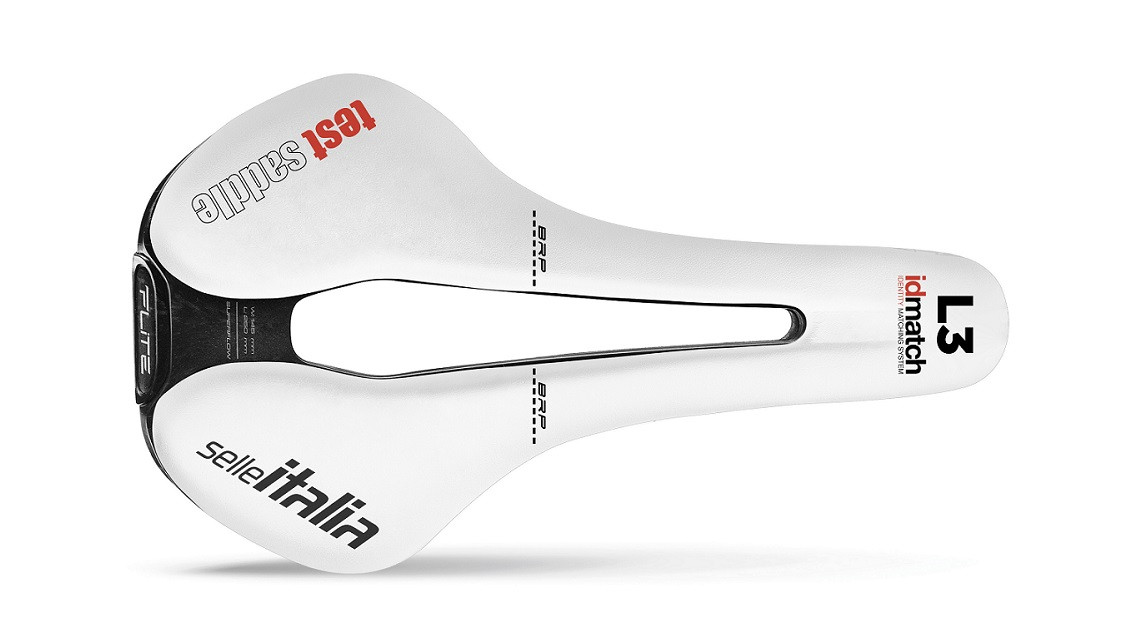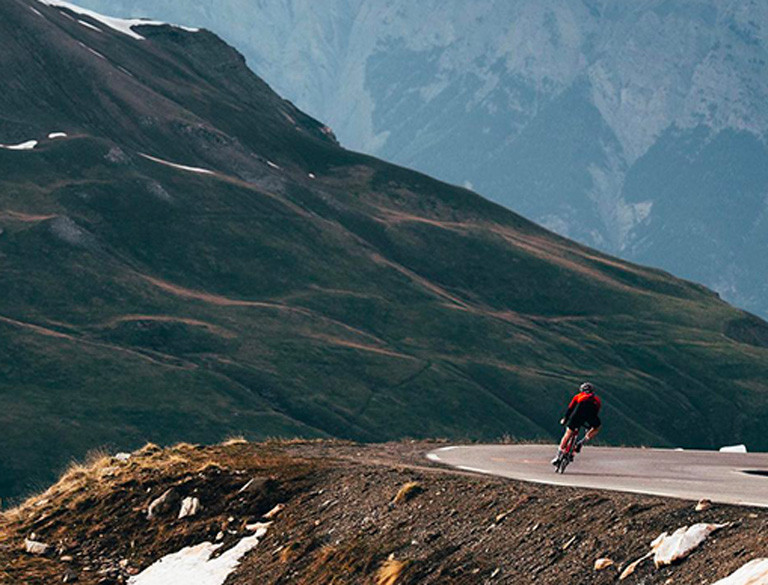HOW TO CHOOSE CRANK LENGTH?

The inability to perceive in the short term the advantages or disadvantages of a longer or shorter crank length leads to the mistaken belief that the choice of this component can be cursory.
If you look at the numbers that result from different choices you can immediately understand how important an adequate crank length is.
First of all it should be remembered that the choice of crank length is influenced by several factors: anthropometric, physiological, and situational.
The 3 factors
What anthropometric factors are is easy to understand; they refer to the length of the segments that make up the lower limb: thigh, leg and foot. The latter, which is often underestimated, is the element that has the greatest percentage influence on crank length.
Two individuals who have similar limb lengths but very different foot lengths may use different crank lengths.
This is mainly due to the fact that the foot, by modifying its inclination, can lengthen or shorten the "lower limb" system by many millimetres, thus modifying the dynamics of all the components and in particular the knee.
Physiological factors mainly concern the contractile attitude of one's muscular districts and consequently the ability to develop the best performance at different pedalling rhythms. It is obvious that a shorter crank size favours a higher pedalling rhythm than a longer crank size.
The so-called situation factors refer to the type of performance required. For example in a circuit race where there are many 180° buoy turns, it is obvious that it becomes necessary to slow down and relaunch the bike in a short time. In such cases a smaller crank size makes it easier to regain speed.
The position of the saddle
There are some competitions where it is necessary to adopt very short cranks for practical reasons, such as on fixed-gear bikes, where the pedals are obliged to rotate even when turning. A shorter crank makes it easier to take a bending turn without the pedal touching the ground.
Leaving aside for a moment all these "accessory" considerations, we can move on to the choice of crank length, based solely on the anthropometric condition.
This choice should mainly take into account the circular arc that the 'centre of the knee' draws during an entire revolution.
The more we keep this arc "verticalised" in relation to the vertical of the pedal with the crank at 90°, the greater the efficiency of pushing on the pedal will be.
Obviously, all this does not depend only on the length of the crank: the width and orientation of the arc drawn by the knee is also strongly influenced by the position of the saddle in terms of height and set-back.
Always remember that pedalling is a circular motion and therefore has the centre of rotation as its only reference, so longer or shorter cranks do not affect the distance between saddle and bottom bracket.
Changing the distance between the saddle and the bottom bracket by varying the length of the crank can heavily modify the width and orientation of the arc of the circle drawn by the knee.









